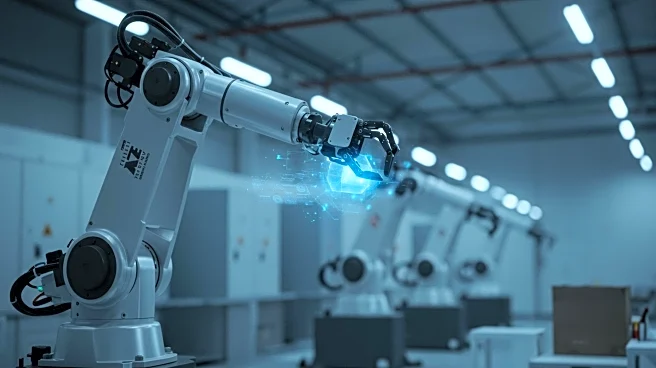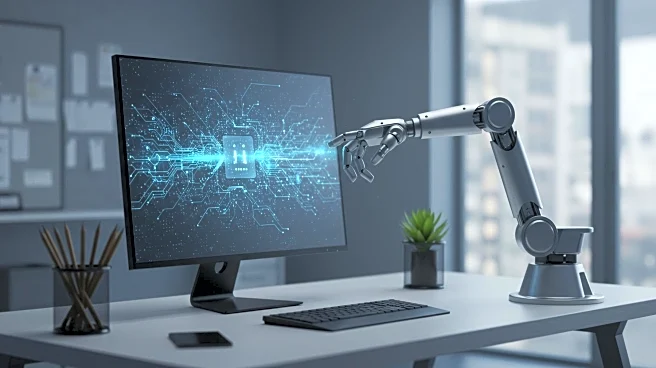Rapid Read • 8 min read
The U.S. Department of Labor (DOL) has announced the allocation of $30 million to the Industry-Driven Skills Training Fund grant program. This initiative aims to address workforce shortages across the nation by providing outcome-based reimbursements to employers offering training in high-demand and emerging industries. These industries, identified by the Trump administration through executive orders and action plans, include skilled trades, artificial intelligence, and maritime sectors. Secretary of Labor Lori Chavez-DeRemer emphasized that these grants will enable employers to drive workforce training essential for their business needs while upskilling workers and developing a critical talent pipeline. The grants will support President Trump's efforts to restore America's manufacturing leadership and secure its position as a global leader in AI.
AD
The allocation of these training grants is significant as it addresses the growing demand for skilled workers in industries crucial to the U.S. economy. By focusing on sectors like artificial intelligence and skilled trades, the initiative aims to enhance the country's competitive edge in global markets. Employers stand to benefit from a more skilled workforce, which can lead to increased productivity and innovation. Additionally, workers will gain access to better-paying jobs, contributing to economic growth and stability. This move aligns with broader efforts to bolster the U.S. manufacturing sector and maintain its leadership in technological advancements.
The Employment and Training Administration (ETA) will award grants of up to $8 million to state workforce agencies. These agencies are expected to create training funds that encourage employers to develop and expand training programs. If additional funding becomes available, the DOL may offer further rounds of grants. Stakeholders, including employers and state agencies, will likely engage in discussions to optimize the use of these funds and ensure alignment with industry needs. The success of this initiative could prompt further investment in workforce development programs.
This initiative may have long-term implications for the U.S. labor market, potentially reshaping workforce dynamics by prioritizing training in emerging industries. It could also influence educational institutions to align curricula with industry demands, fostering a more adaptable and skilled workforce. The focus on AI and skilled trades highlights a strategic shift towards sectors expected to drive future economic growth, underscoring the importance of innovation and technological proficiency in maintaining global competitiveness.
AD
More Stories You Might Enjoy










